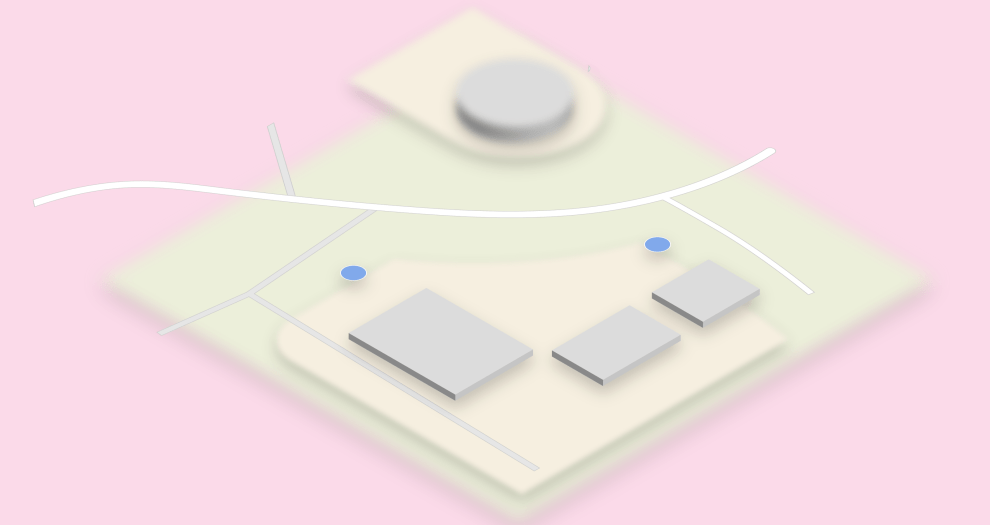This is the latest in Localogy’s Skate To Where the Puck is Going series. Running semi-weekly, it examines the moves and motivations of tech giants as leading indicators for where markets are moving. Check out the entire series here, and its origin here.
One of the innovations we continue to track is computer vision’s use in local commerce. Sort of a cousin to augmented reality, this is all about using ubiquitous and constantly-improving smartphone cameras to scan one’s surroundings. Those scans can then prompt thinks like navigation or store info.
Several tech giants are working towards different versions of this vision. Snapchat is rolling out ways to leave location-anchored graphics for friends to discover. As we examined recently, this could be a step towards more practical and commerce-based use cases like storefront reviews.
Going back further, Google has long revealed its intentions to use the smartphone as a visual search tool for local discovery. Its Google Lens feature lets users hold up their phones at various objects to contextualize them. And like Snap, this will have local-commerce based endpoints.
This makes sense for Google as the company’s DNA is about indexing things. It now wants to index the physical world just like it indexed the web: a sort of “internet of places.” Support for this theory comes from triangulating it’s latest moves and its interest in future-proofing its core search business.
Payoffs will include monetization potential — through advertising, affiliate revenue, or other models — to facilitate local offline commerce (at least in normal times). This can be seen as a logical extension the path Google has been on for years to facilitate local commerce through search.
A related effort can be seen in Google’s Live View. Like Google Lens, it scans surroundings then overlays relevant graphical info. But instead of storefront info, it overlays walking directions. It does this by tapping Street View imagery for object recognition to “localize” your spatial position.
Now Apple is doing something similar. In iOS14, Apple Maps will let users get a more accurate location-reading by raising your phone to scan surrounding buildings. This will come in handy in urban canyons where GPS loses precision as the signal bounces off buildings like a pinball.
Apple is sidestepping that issue by letting the camera take over where GPS fails. This elevates the camera as a tool in the bundle of sensors (GPS, IMU, etc.) that have traditionally been used in the mobile local search era. And it’s one of several camera-based mobile local features we can expect.
Stepping back, this move could have been predicted, given Apple’s efforts to reboot its underlying maps data — the underpinnings of any computer-vision based system. This is primarily to upgrade and modernize a core iOS function, and to alleviate the black eye still felt from last decade’s Mapgate.
Look Around is one component of that mapping effort. Reviewed here by our Neal Polachek, it’s a Street View-like feature that goes a step further with dimensional attributes (depth data) compared with Street View’s patchwork of 2D images. These 3D spatial maps will end up having several uses.
The immediate benefit of this 3D data is simply for the Look Around feature itself. But the byproduct will be just like Google’s use of Street View imagery for Live View navigation. In other words, that data can be repurposed for baseline functionality for more AR and computer-vision based local search.
So Apple’s latest visual-localization feature will be one of many computer-vision based features we’ll see. These will be tied to its other AR efforts we’ve examined. And Apple hopes it will all point towards acclimating the world to visual interfaces so that its rumored AR glasses hit the ground running.
Add it all up and it starts to paint a picture of local’s next visual era. It could be more “heads up” than the downward-held UX that we (and our sore necks) have experienced for the past decade. It could be a gradual transition — as all consumer behavioral shifts are — but several signs point in that direction.




